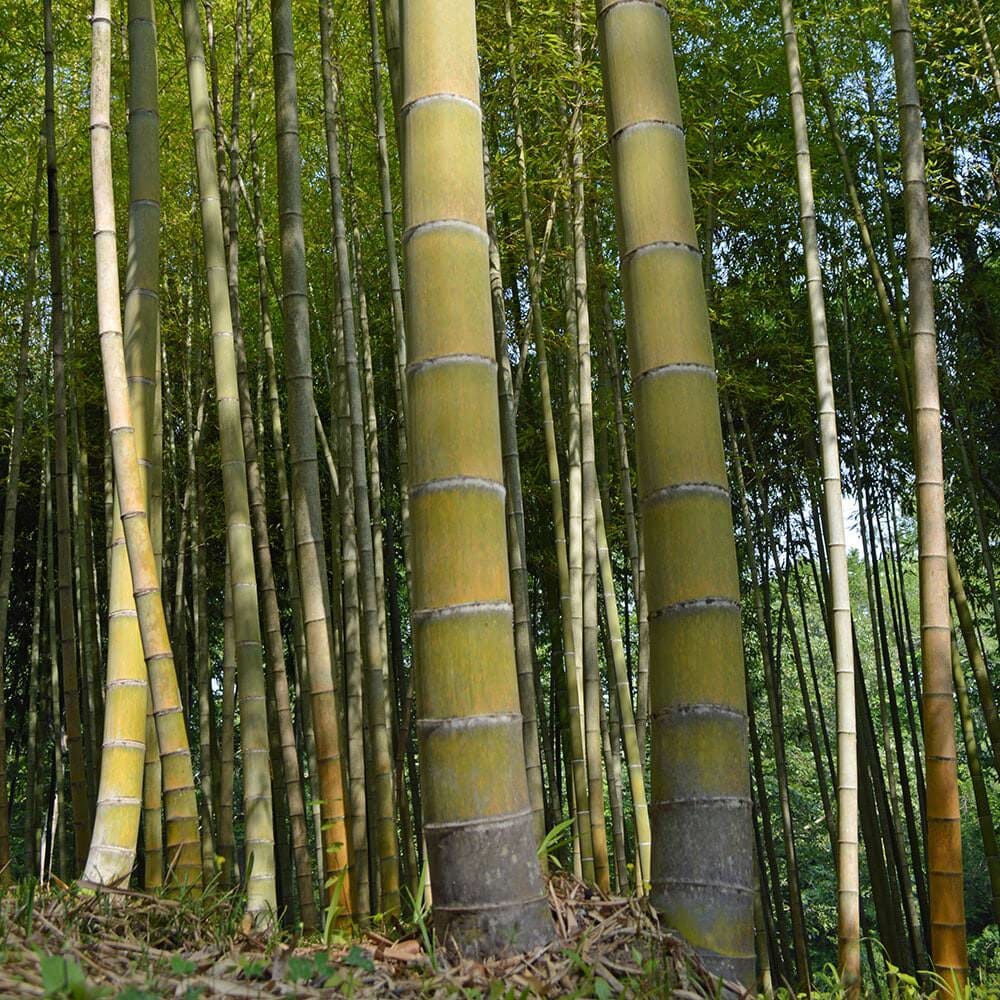

In some islands such as Mindanao and Palawan, remnants of the great rainforests remain, though deforestation has decimated old growth forests in many areas. The Philippines have traditionally supported some of the most spectacular primary rainforests in South East Asia.In our tree planting projects, we always plant clumping bamboo, allowing us to reap all of its amazing benefits without risking unintended harm - a win-win for the planet! Want to learn more about how we’re sustainably planting bamboo and facilitating cutting-edge research on carbon sequestration? Check out our Philippines project to plant bamboo with us today! It is native to tropical, sub-tropical, and temperate climates and is most common in Asia and South America - though it also grows in parts of Australia, Africa, and in the southern United States. It also depends on where you are and whether bamboo grows naturally in the region. Above-ground, this causes the new shoots to “clump” together - and thankfully, that means it isn't invasive. Conversely, the rhizomes of clumping bamboo grow vertically, spreading upward and growing directly off of each other. Well, it depends on which type we’re talking about - running or clumping? In running bamboo, the rhizome grows horizontally away from the culm, and can indeed spread rapidly over large areas of land. Pretty amazing, right? Is Bamboo Invasive? Some examples of products they can make with this self-sustaining resource are: bamboo briquettes, charcoal, incense sticks, and furniture. Seriously! The light weight of bamboo allows women to participate in the bamboo economy, giving them access to a potentially lucrative source of income, and can help secure them a place in decision-making in political, economic and public life.

This translates into a CO2 drawdown curve that’s 10X faster than that of woody trees. When properly managed and intensively harvested, bamboo can sequester up to 1.78 tonnes of CO2 per clump per year.
#Moso bamboo growth rate manual
That makes bamboo an incredible renewable resource that can be harvested and will regrow naturally without the need for manual reforestation.īamboo’s incredible growth rate is more than show stopping - it also translates to some serious carbon sequestration benefits. The more that gets harvested, the faster it grows. These leaves, in turn, create and send energy down to the root system to encourage the growth of new shoots. How does this work? Well, rather than directing energy towards regaining its lost height, a cut bamboo stalk will simply unfurl new leaves. No, really! Cutting bamboo actually stimulates growth. Once bamboo is established (usually after 3 years), the new shoots that emerge each spring will continue to get bigger and bigger. This is where it diverges from most other flora, which put their energy into continued growth of the original stem.

After 60 days, the canes stop growing altogether, and energy is directed back to the roots for the development of further canes. These shoots emerge out of the ground to grow taller and wider for around 60 days. How does bamboo grow? As a colony plant, it uses its energy to expand its roots and grow more shoots in the spring. According to Guinness World Records, some species of bamboo can grow up to 2.91 ft/day - or, 1.5 inches/hr! So if you sit long enough with a bamboo culm, it might just grow before your eyes!


 0 kommentar(er)
0 kommentar(er)
